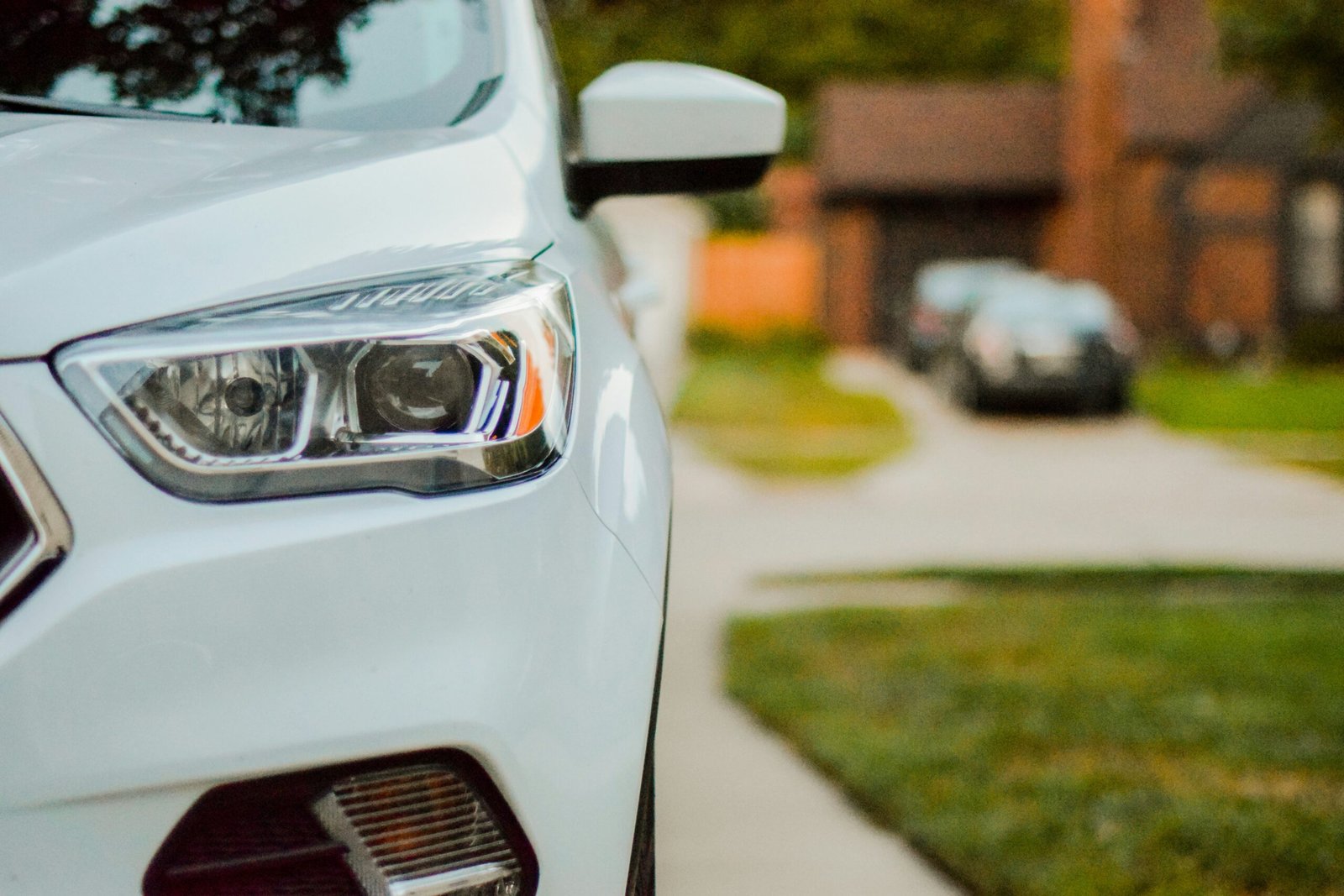
The Ultimate Guide: One Insurance News Update for Business Owners in 2025
Introduction: Navigating the New Insurance Landscape As a business owner in 2025, staying informed about…
Notary E&O Insurance: Essential Protection for Professional Notaries
In today's litigious society, notaries public serve as crucial gatekeepers in validating important documents and…
Changing Insurance Brokers: A Step-by-Step Guide to a Smooth Transition
Introduction In today's dynamic insurance marketplace, finding the right broker who truly understands your unique…
Self-Service Revolution: How Insurance Companies Are Empowering Agents with New Tools
In today's fast-paced digital economy, the insurance industry is undergoing a significant transformation. At the…
7 Daily Habits of Successful Insurance Agents: Insights from Prime Agency Insurance
In the competitive landscape of insurance sales, the difference between average performers and top producers…
Bad Faith Insurance Lawyer: When and How to Fight Back Against Unfair Claim Denials
Understanding Bad Faith Insurance Practices Insurance is fundamentally a promise—a contractual obligation that in exchange…
Liposuction and Insurance Coverage: Medical Necessity vs. Cosmetic Procedure
In the realm of body contouring procedures, liposuction stands as one of the most popular…
Breast Procedures and Insurance: When Lifts and Reductions May Be Covered
Breast procedures remain among the most commonly performed plastic surgeries in the United States, with…
Is Pelvic Floor Therapy Covered by Insurance? Understanding Your Benefits
When dealing with pelvic floor disorders, one of the first questions that may come to…
Medicare Insurance in Wilmington, NC: How to Find the Right Agent for Your Needs
Navigating Medicare insurance options in Wilmington, North Carolina requires careful consideration and expert guidance. As…


















